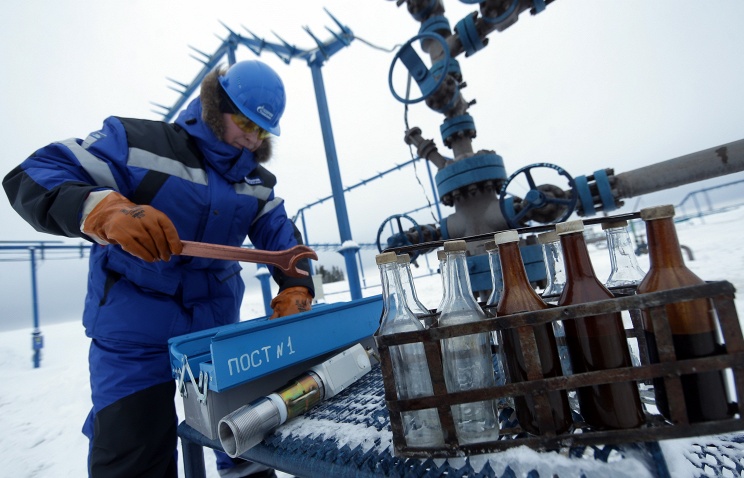-
Tips for becoming a good boxer - November 6, 2020
-
7 expert tips for making your hens night a memorable one - November 6, 2020
-
5 reasons to host your Christmas party on a cruise boat - November 6, 2020
-
What to do when you’re charged with a crime - November 6, 2020
-
Should you get one or multiple dogs? Here’s all you need to know - November 3, 2020
-
A Guide: How to Build Your Very Own Magic Mirror - February 14, 2019
-
Our Top Inspirational Baseball Stars - November 24, 2018
-
Five Tech Tools That Will Help You Turn Your Blog into a Business - November 24, 2018
-
How to Indulge on Vacation without Expanding Your Waist - November 9, 2018
-
5 Strategies for Businesses to Appeal to Today’s Increasingly Mobile-Crazed Customers - November 9, 2018
OPEC’s Market Share To Shrink By 2020
Oil producing nations’ cartel OPEC has revised its demand estimate in its latest World Oil Outlook, however has warned over declining investments. The OPEC reference basket price is based on the average price of 12 crude varieties. Oil demand in developing countries is anticipated to increase by 6.1 million barrels per day between 2014 and 2020, reaching 46.4 million barrels per day.
Advertisement
“Correspondingly, nominal prices reach $80/b in 2020, rising to nearly $123/b by 2030 and more than $160/b by 2040”.
Predicting the price of oil more than two decades into the future is typically a fool’s errand. On Wednesday, a barrel of benchmark Brent crude cost $36.51, a shade above WTI at $36.47. But the OPEC countries, and the supermajor oil producers like Exxon, Chevron, and Shell are nearly forced to try to gaze that far into the future in order to make the decisions needed on whether or not to pursue a multi-billion project that may not produce a drop of oil for up to 10 years.
“The medium-term foresees a $5/b increase each year so that a level of $80/b (nominal) for the ORB is reached by 2020, reflecting a gradual improvement in market conditions as growing demand and slower than previously expected non-OPEC supply growth eliminate the existing oversupply and lead to a more balanced market”, the report reads, Sputnik reports.
Developing countries’ demand within the total energy demand in 2040 is projected to be the highest contributor at 63 percent, 13 percent higher compared to 2014. “While in 2014 the ratio between income per capita in the poorest region (Middle East & Africa) and the richest region (OECD America) was 9.8, in 2040 it is expected to increase to 11.5”, the report reads. Non-OPEC producers are expected to see a demand increase of 3 million barrels a day in the same time period. “Despite this market instability, OPEC has continued to be an efficient, reliable and economic supplier of oil”, El-Badri noted in the foreword of report. OPEC has long predicted that the supply of oil from producers outside of the OPEC group would contract next year, just as world oil demand rises, and reiterated that prediction in the WOO. It pointed out that some $10 trillion of investment would be needed over that period to meet forecast oil and gas demand, most of it ($7.2tn) in the upstream sector.
Advertisement
But that means demand for Opec oil over the period is actually expected to decrease slightly, from an estimated 31 million bpd to 30.7 million bpd in 2020. In the long-term out to 2040, OPEC members will need to invest $60 billion annually while non-OPEC members are forecast to need investment totaling $210 billion annually.





























